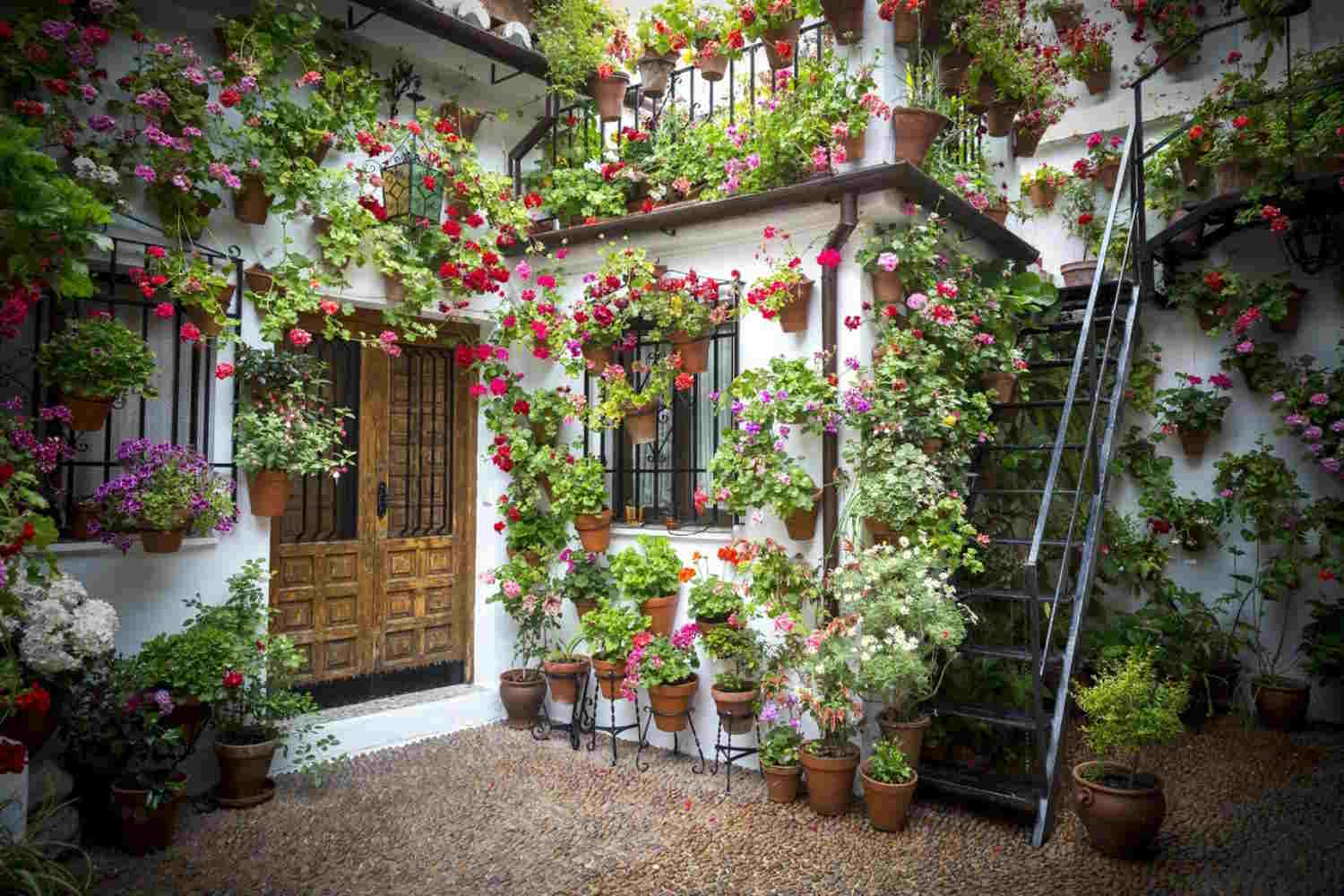Gorafe, a remote village in Andalusia, offers a blueprint for sustainable travel through desert hikes, eco-lodging, and some of Europe’s best stargazing skies.

Among spectacular canyons, prehistoric dolmens, and some of Europe’s clearest skies, this tiny Andalusian village proves that you don’t need crowds or concrete to feel wonder.
Where is Gorafe and why it matters
Tucked away in eastern Andalusia, within the Granada Geopark, lies Gorafe — a village that feels as though it’s been placed deliberately outside of time. Fewer than 500 people live here, scattered along a canyon carved over millennia. What Gorafe lacks in size, it makes up for in presence: quiet, wild, essential. It’s a sanctuary for those tired of soulless tourist traps, offering a radically different way to experience Spain — one that honors the land rather than devours it.
Europe’s otherworldly desert
This isn’t your typical southern Spanish landscape. Gorafe is nestled in one of the few true deserts in Europe: the Desierto de Gorafe. Over the centuries, wind and water have sculpted a hallucinatory topography of ridges, ravines, and plateaus in surreal tones — deep reds, burnt oranges, ochre yellows. The silence is so absolute it becomes its own soundtrack, broken only by the rush of wind or the occasional call of a raptor. It’s Mars, but more intimate — and without the spaceship.
The ancient bones of the land
Millions of years ago, this entire region was submerged under an inland lake. Over time, layer upon layer of sediment built up, only to be later stripped away by erosion, exposing multicolored geological strata. What remains is a stunning cross-section of Earth’s memory — a UNESCO-recognized open-air geological lab. But Gorafe isn’t just a marvel of stone. With over 240 prehistoric dolmens scattered across the area, it also holds one of the largest megalithic sites in Spain. Even in such arid conditions, life thrives. Endemic flora and fauna have adapted to the extremes, making this ecosystem as delicate as it is resilient.
What to do in Gorafe: slow, low-impact adventures
There are no tour buses, no souvenir stalls. The main attraction here is the land itself — and the best way to experience it is slowly. Whether on foot or by bike, marked trails like the Desert Loop or the Ruta de los Dólmenes take visitors deep into the heart of this ancient place. Most treks are self-guided, encouraging a direct and respectful encounter with nature. Every turn in the path seems to reveal another millennia-old mystery — a dolmen, a panoramic ridge, or just a vast silence waiting to be heard.
Staying the night: domes and caves under the stars
In Gorafe, even going to sleep becomes a statement. Transparent geodesic domes, built for stargazing, dot the landscape. Many accommodations here are eco-architectural gems: powered by solar energy, harvesting rainwater, and built from local, natural materials. Some are even troglodyte homes, dug into the rock itself — cool in summer, warm in winter, and rooted in tradition. These aren’t gimmicks. They’re part of a deeper ethos of environmental self-sufficiency and cultural respect.
Welcome to the dark: astrotourism in gorafe
If you’ve never seen the Milky Way with your naked eyes, Gorafe is where you go. With almost no light pollution, its skies are among the clearest in Europe. Combine that with its elevation and isolation, and you get a celestial spectacle that turns even the most screen-addicted city dweller into a wide-eyed stargazer. Some local lodgings offer guided astronomy sessions with telescopes; others let you sleep beneath the constellations in transparent domes. As one visitor put it: “It’s the first time I’ve truly understood how vast the universe is.”
More than a destination: gorafe as a model for responsible travel
Gorafe demands attention — not for what it shows, but for what it requires of you. Respect the land, the creatures, the silence. “Speak softly, walk gently,” a local told us, “and the desert will speak to you.” Stay on marked paths. Don’t leave waste. Don’t chase wildlife. There’s a kind of sacredness here that’s best approached with humility.
When to go: off-season means on-point
If you really want to support sustainable tourism, avoid the crowds. Spring and fall are perfect: temperatures hover around 70–80°F (21–27°C), and the landscape is alive with subtle color. Traveling off-peak also helps local businesses who depend on year-round visitors. And, of course, your experience becomes richer, quieter, and infinitely more personal.
Getting there: how to reach gorafe without hassle
Gorafe sits in the remote stretches of Granada province, so a car is your best bet. The nearest major airport is Málaga, and renting a vehicle (Cargest offers a reliable option) will give you the freedom to explore not only Gorafe, but the wild Andalusian terrain around it. Public transport exists, but is infrequent — and really, you’ll want the autonomy anyway.
Why Gorafe leaves a lasting mark
Gorafe is not a postcard-perfect destination. It’s dustier, quieter, and far more honest. You don’t collect it; it collects you. Every step through its canyons and plains peels back layers of excess, leaving you with something that feels more human, more grounded, more real. Here, tourism doesn’t take. It gives — to the land, to the locals, and ultimately, to you. And that’s why those who choose Gorafe rarely forget it. Not because of what it offers, but because of what it refuses to be: loud, crowded, overbuilt. Gorafe stays with you by being exactly what the world needs more of — a place with nothing extra, and everything essential.
